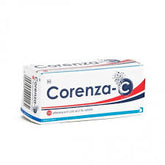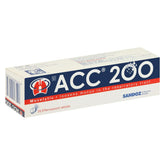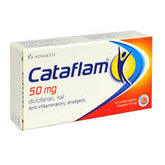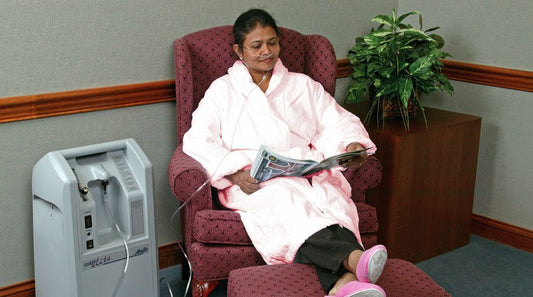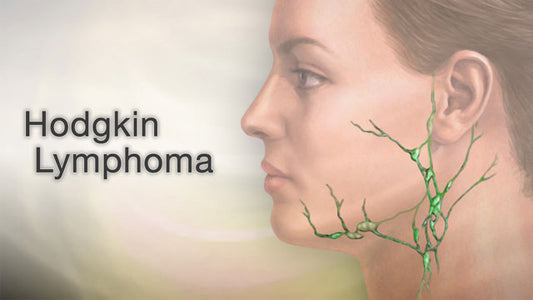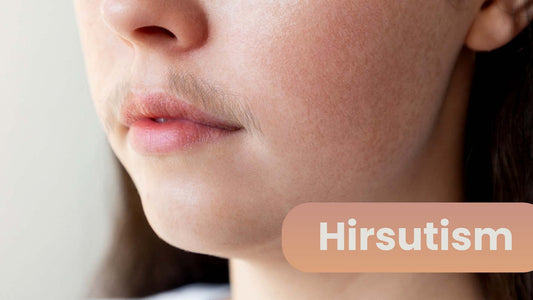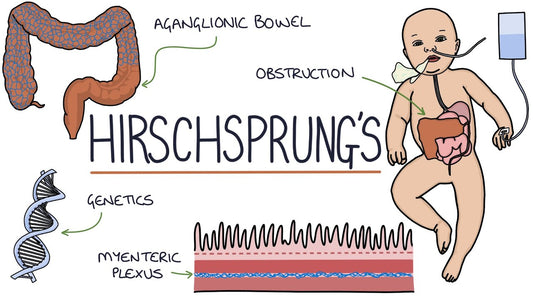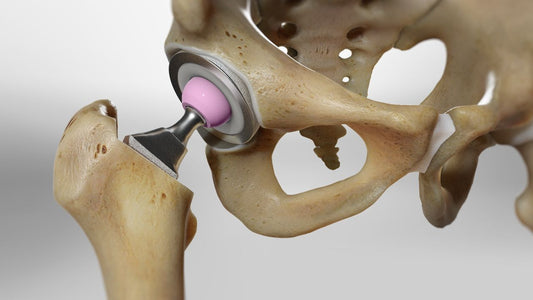featured Homeopathy
On by ZimSeller Pharmacy 0 comments
Home oxygen therapy
On by ZimSeller Pharmacy 0 comments
Hodgkin lymphoma
On by ZimSeller Pharmacy 0 comments
Hoarding disorder
On by ZimSeller Pharmacy 0 comments
Hirsutism
On by ZimSeller Pharmacy 0 comments
Hirschsprung's disease
On by ZimSeller Pharmacy 0 comments
Hip replacement
On by ZimSeller Pharmacy 0 comments




